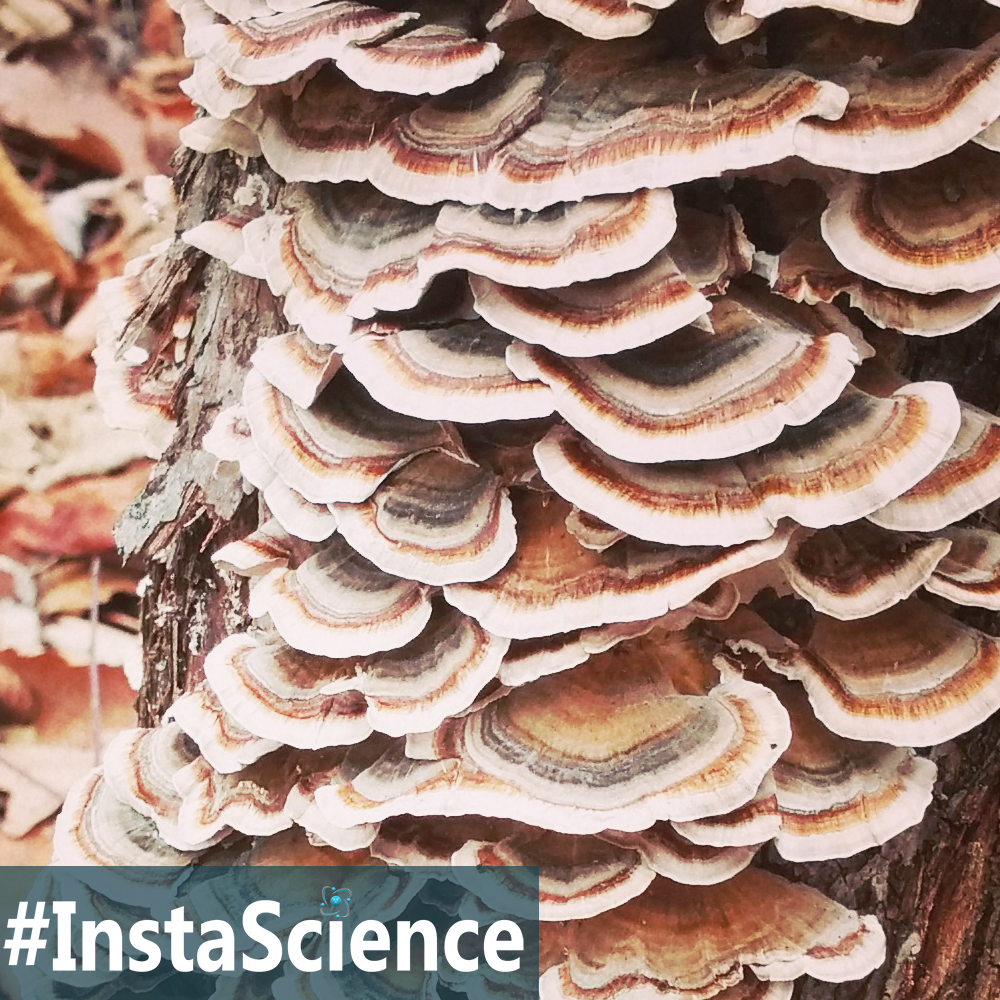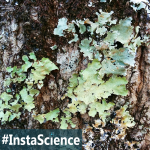
I’ll be honest, I know what shelf fungus is, but until we starting doing nature study in our our homeschool, I never really considered that there were different types of shelf fungus.
Oh sure, I had noticed differences, but we never really thought to find out why. You may feel the same way and it’s cool, I understand. But, let me tell you there is an awesome variety of shelf fungi out there. And today I am sharing about one of my newly name fav’s – turkey tail fungus.
Shelf fungus grows on dead tree stumps or fallen logs. It has a tough, woody fruiting body that resembles a shelf or bracket, which is that part we can see. Inside the decaying wood, though, there is a network of mycelium that act as the heartbeat of the fungi, transporting nutrients and water.
The turkey tail fungus is named for its resemblance to a turkey tail. I can be colored white, brown, red, orange, blue, purple, or a combination of those colors. The fan-shaped “tails” often overlap giving the appearance of a fan of feathers. It’s one of the most common species in the shelf fungus family, so chances are good you have seen one of these!
Fun Fact – In 2012, the FDA approved a clinical trial for the using a type of Turkey Tail fungus to fight cancer. Read the article here.
Teaching Science at Home
Want to learn more about this shelf fungus? Check out the following articles:
- What is turkey tail?
- Turkey Tail from Mushroom Expert
Related Homeschool Science Activities
Keep the learning going with these science activities!
- Shelf Fungus Hunt – Head outside to look for shelf fungus. Look for fallen logs or dead trees to see if you spot any.
- Turkey Tail Art – Turkey Tail is a beautiful subject to paint or draw with chalk pastels! Have your students try to recreate the turkey tail fungus you found on your walk in their nature journals!





Join the Community!